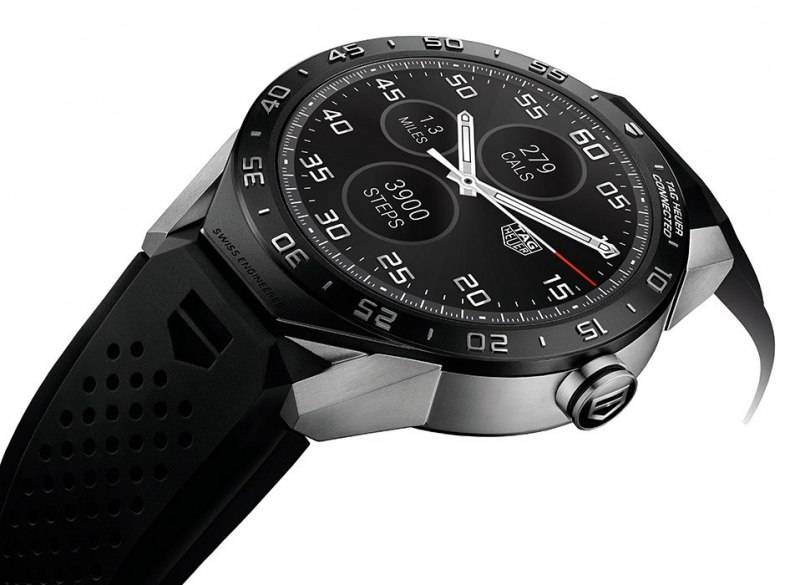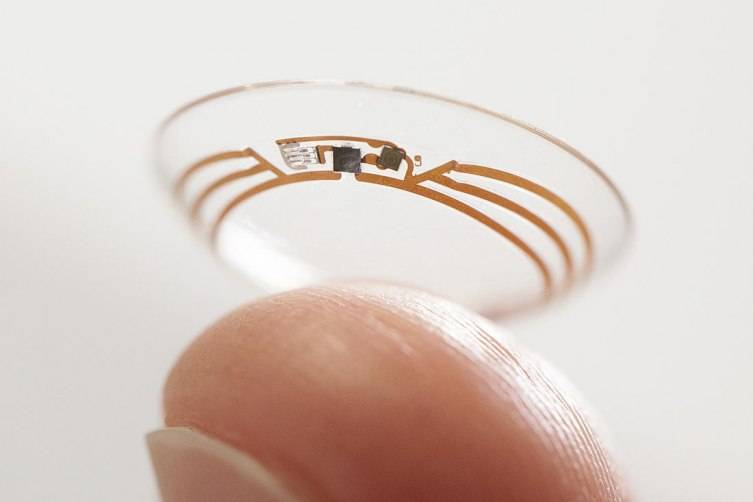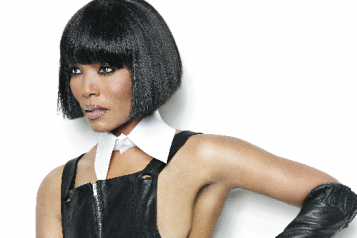It’s no secret that wearable technology is becoming a vital part of today’s tech market. “By the end of 2016,” according to Forbes,”‘the entire wearable technology market will gross almost $2 billion in revenues.” In 2015 we saw the beginnings of the wearable tech age with the introduction of smartwatches. These digital timepieces were the first real stride within the industry. Companies like Apple, Samsung, and even Tag Heuer have created technologies that perfectly combine function, health, and style.

Beyond smartwatches, which will remain a key part of the industry, activity trackers will also become prevalent. Many people think multi-function smartwatches will “clobber dedicated devices,” according to IDC wearables research manager Ramon Llamas, but he just “[does] not see that happening in 2016.” Instead, the two product categories will coexist and offer something for virtually all consumers. Consumers can take their pick between $50 activity trackers, $5,000 watches, and everything in between.
But, the functionality of wearables within the health industry is what will truly shape and mold 2016. As sensor capabilities and processing powers develop, wearable health solutions are endless – VitalConnect has created a plastic patch to monitor user’s vital signs, a wearable headband by Cerora can detect brain injury, and a smart contact lens by Google and Novartis can monitor patient’s blood sugar levels. Improving and tracking sleep will also be a huge market this year, with products like Nuyu Sleep System, a body temperature regulator that is said to improve quality of sleep. The Netatmo June bracelet will monitor sun exposure and advise its wearer on when to apply sun protection; which is an innovation that could help reduce occurrences of melanoma considerably.

Another development to consider within wearable tech is the advancement in wearable safety monitors. Small devices, such as Revolar, can be worn underneath clothing and go undetected by potential attackers can help individuals feels safe in otherwise uncomfortable situations. Megan Espeland, chief marketing officer of Revolar, explains that their product aims to help “people live more empowered and free lives.”
With such a wide array of wearable technologies, it is no wonder that this is set to be one of the hautest industries of 2016.





















